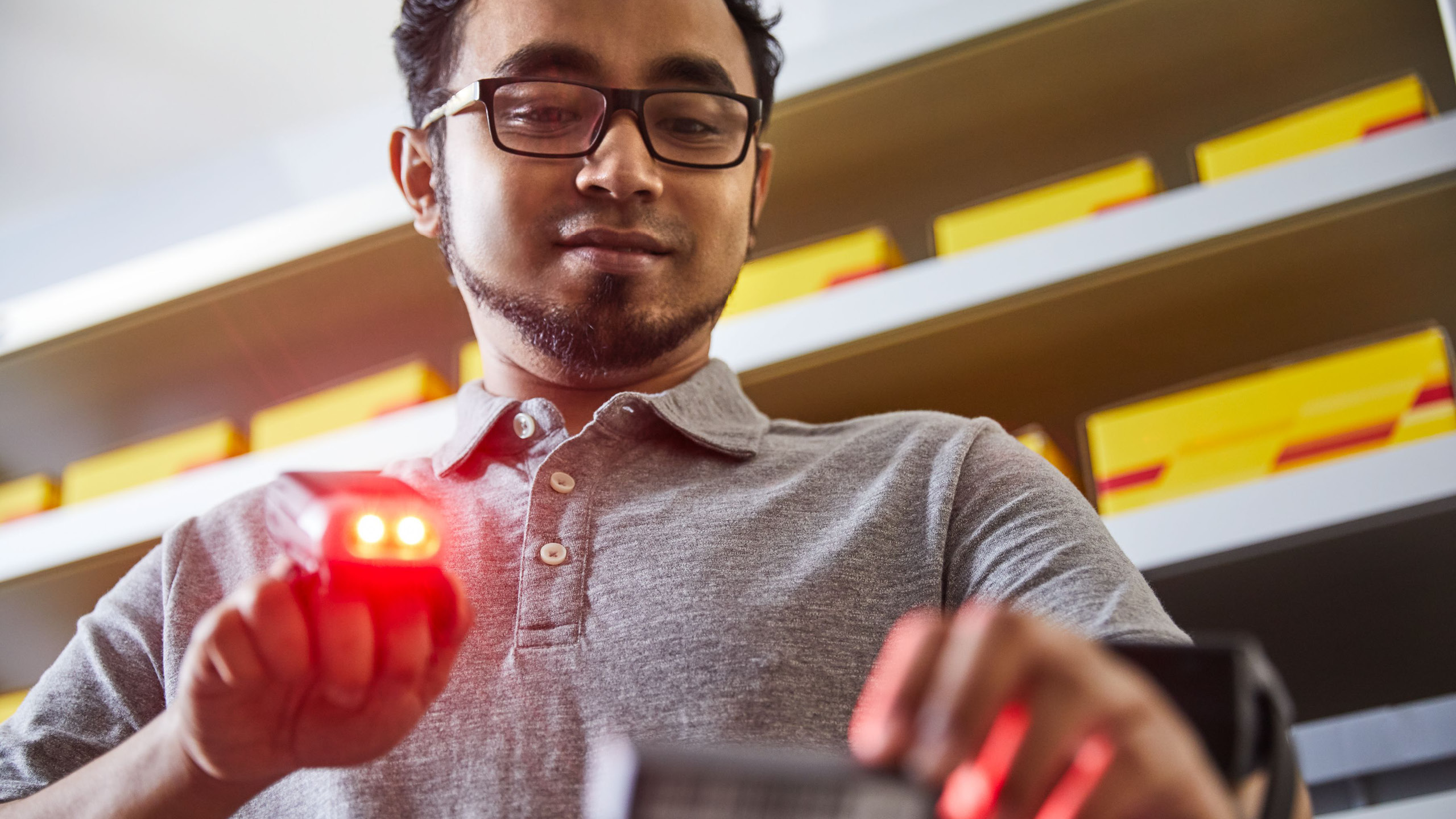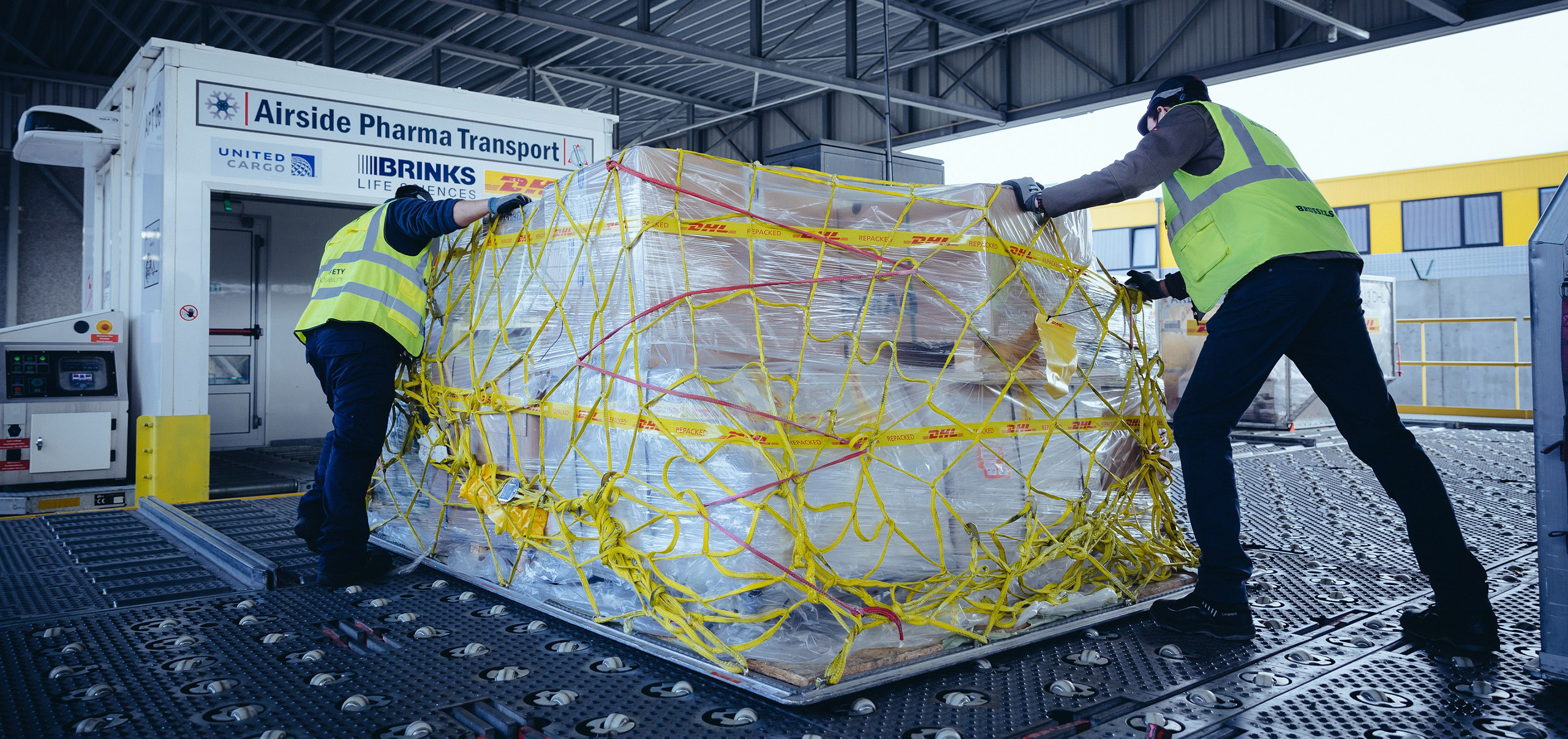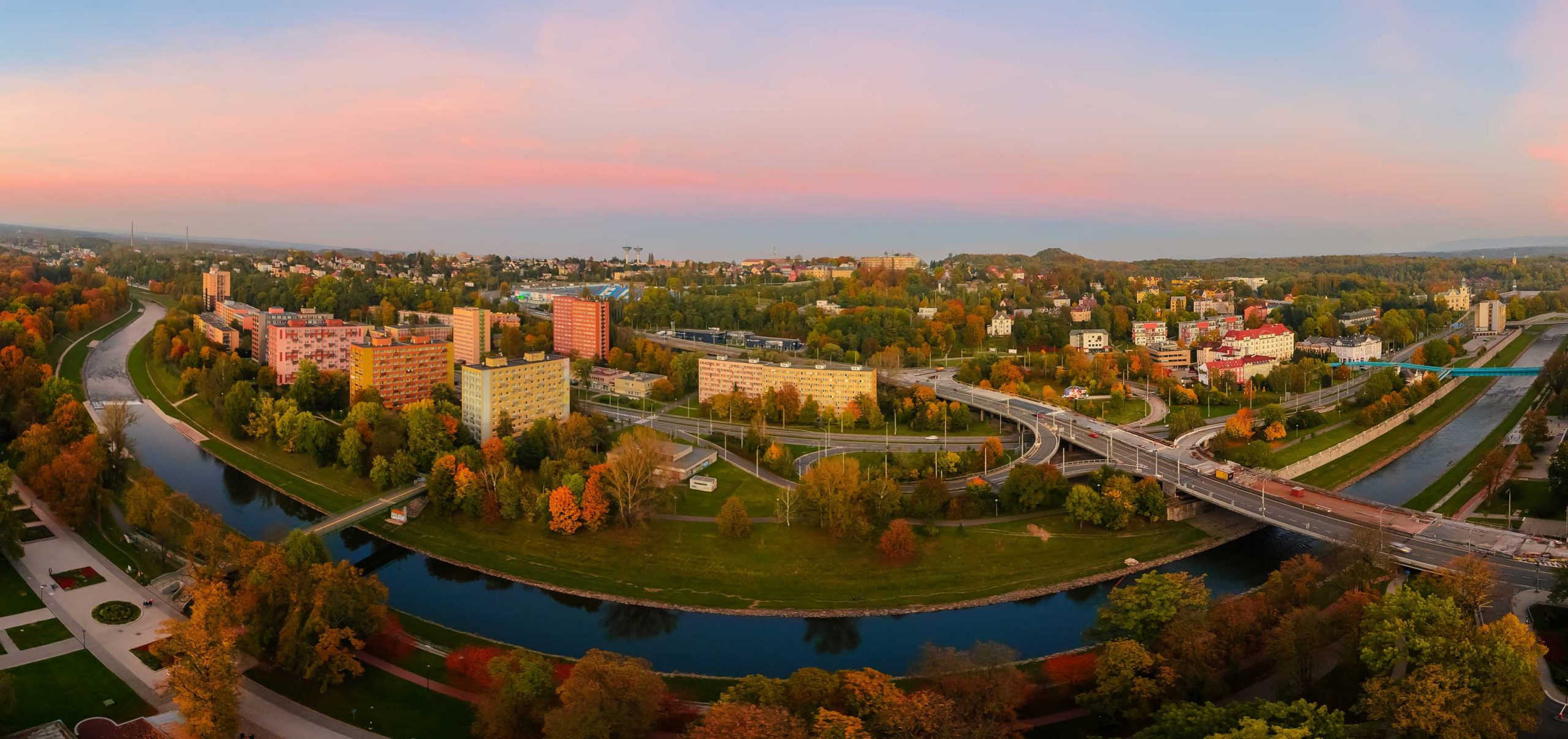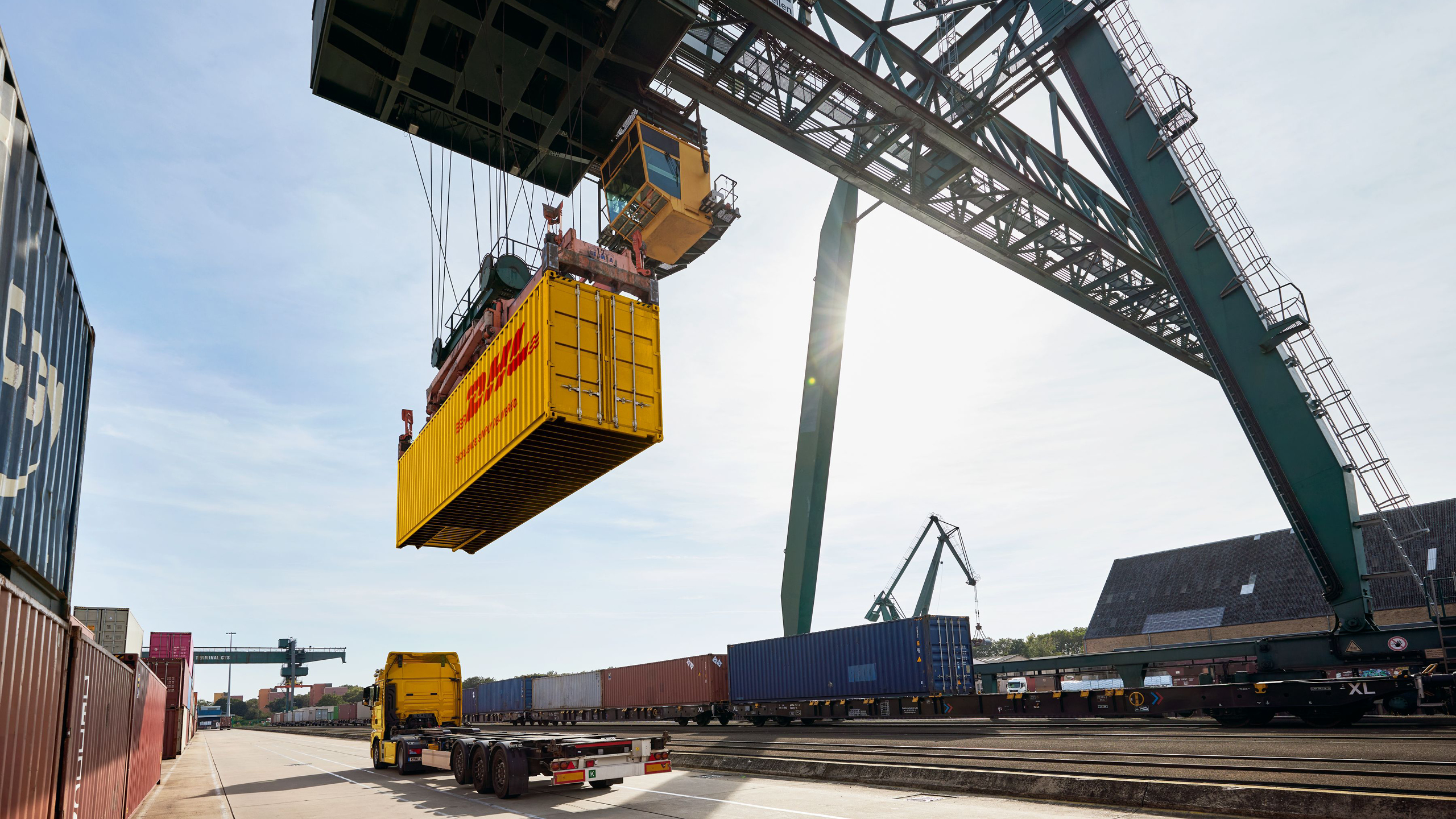
Artificial intelligence (AI) opens up new vistas for the logistics industry. Precise information in real time, streamlining of communication, automation of routine tasks, and a holistic view of the supply chain make it possible to improve efficiency, reduce costs, and increase customer satisfaction. This also applies to the last mile – AI delivery robots, drones, and the like: what trends can we expect?
AI Affects Every Single Link in the Supply Chain
The role of AI in the entire supply chain and on the last mile is growing steadily and AI will gain more and more importance. Given the rapid development in this area of technology, it remains to be seen where exactly the journey will take us.
Artificial Intelligence is opening up exciting opportunities for our network. It’s certainly not a new technology, but the pace at which it is developing means we are now being presented with opportunities to optimize processes for us – and our customers – that weren’t available even a year ago.
Oliver Facey, Senior Vice President Global Network Operations Programs DHL Express
Because the last mile is the last link in the supply chain, the quality of the final delivery depends on the quality of the previous work steps. If AI optimizes processes in the preliminary stages, this also has an impact on the last mile. One example is intelligent inventory management in the warehouse. AI can not only collate demand and stock in real time and initiate repeat orders but can also calculate demand peaks in advance to prevent stock shortages or overstocks – and thus enable swift delivery on the last mile.

Some aspects which can be optimized by AI concern not only the last mile, but also other logistical work steps. AI is an effective optimization tool in the following four areas:
- Fleet management: Based on factors such as mileage, usage patterns, and recurring problems with certain models, AI can predict when delivery vehicles need to be serviced or repaired. Delays in delivery due to vehicle breakdowns are avoided.
- Route planning: Traffic and weather data and information on prioritized or rerouted shipments form the calculation basis for route planning. This is where the forecasting capability of AI through machine learning comes in handy. The AI can forecast when and where traffic is likely to be tight and adjust the route accordingly.
- Load building: AI optimizes load building according to weight, size and – in conjunction with route planning – the respective destination of a shipment. Obviously, trained personnel can also solve this task – but not in a fraction of a second. The vehicle’s capacity is fully utilized and the number of necessary runs is minimized.
- Customer interaction: When AI chatbots interact with customers in a way that provides reliable assistance, it improves customer satisfaction while at the same time it is setting free human resources – in any industry. AI offers a service benefit by learning customer preferences. This means that customer preferences do not have to be inquired about every time. On the last mile, AI chatbots can inform recipients in real time about all delivery details, respond to change requests and initiate their implementation.

AI Trends for the Last Mile
AI impacts four levels that are crucial for the last mile:
- AI delivery robots
- Autonomous driving
- Computer Vision
- Predictive analytics based on big data
Intelligent route planning and load building are related to predictive analytics, which is why it has already been mentioned implicitly. The other three aspects are crucial for the automation of vehicles and delivery processes. Robotics, autonomous operation, and computer vision go hand in hand – especially in the case of autonomous delivery robots that use computer vision to help them find their way.
Automated and AI-optimized delivery is a key issue for the future viability of transport logistics. Otherwise, it will not be possible to reconcile the continuously growing demand for transportation with the tense personnel situation in logistics – just think of the driver shortage.
AI Delivery Robots
The potential for using robots in logistics is immense and not limited to the last mile. Routine tasks such as packaging or order picking and even delivery can in theory be carried out by robots. AI is becoming ever more significant in this regard, as only machine learning can enable machines to perform complex tasks without human intervention. The idea is for delivery bots to carry out the delivery of goods over the last mile autonomously. Humans will monitor them in the control center and take over via teleoperation in the event of problems. Such a robot can be a vehicle on the sidewalk or a transport drone.
“In theory”, “idea” – the words hint at it: AI delivery bots and flying drones in public space are still a vision of the future. Licensing issues and the risk of accidents still hamper their widespread introduction on the last mile. The situation is different in modern warehouses and logistics centers, where AI robots and drones already contribute to automation. When this will also be the case on roads, sidewalks, and in public airspace depends not least on the progress made in AI.
Autonomous Driving
No autonomous vehicle or aircraft is conceivable without AI. Self-learning algorithms analyze data from various sensors to help autonomous vehicles navigate. In this way they recognize and avoid obstacles and comply with traffic regulations. Through machine learning, AI-controlled vehicles can draw conclusions from their experiences and improve their navigation skills over time. AI enables autonomous delivery systems to make real-time decisions on the road. For example, if a road is blocked or traffic is very heavy, the AI system can make a route change based on the current situation.
Autonomous driving counteracts staff shortages, reduces labor costs, increases delivery speed, and allows safe deliveries to areas that are difficult to access or in crisis. Autonomous vehicles can carry out deliveries around the clock and require only a small number of staff in the control center. Efficiency on the last mile and customer satisfaction are improved.
Computer Vision
To perceive incidents on the road, autonomous vehicles must be able to "see" for themselves. This is made possible by computer vision. Cameras, data, and algorithms replace the interaction between eyes and brain. Vehicle camera systems provide image information and AI enables autonomous vehicles to interpret visual stimuli accurately.
Predictive Analytics Based on Big Data
AI systems learn from historical data and continuously improve their forecasts over time. AI-supported predictive analyses adjust shipping patterns, optimize routes and loads, estimate delivery times, and anticipate consumer behavior.
In addition to the large amount of historical data, real-time data from sources such as traffic reports or weather forecasts can be integrated to dynamically adapt delivery processes and respond to unexpected circumstances and hazards. In combination with tracking technology, companies can provide their customers with a better service on the last mile.

AI Delivery on the Last Mile at DHL
When it comes to logistics innovations, DHL Group has always been a driving force. And this is also the case in the field of AI for the last mile.
This is how DHL is already using AI for final delivery:
- Route optimization: AI forecasting models provide data on individual consignments, the data is then processed for route optimization using AI-supported software from Wise Systems. The system accounts for all the important variables for the best possible sequence of routes and the customer receives information on the estimated delivery time, which will become more and more precise the closer the delivery vehicle gets. Up until delivery, the customer can still make changes, for example to the delivery time or location. This allows DHL to improve the customer experience and first-time delivery rate.
- Fuel efficiency: An optimized route eliminates additional runs and unnecessary stops, which in itself contributes to efficient fuel consumption. In addition, the AI-supported analysis of drives and driving behavior (e.g. idle times) helps to increase efficiency.
- Vision picking technology: Vision picking or pick by vision technology is the link between manual work and the fully automated warehouse. Wearable technology is deployed for goods picking. At DHL, employees are networked with IT systems via smart glasses. The glasses make it possible to read barcodes without a hand scanner. DHL Group is conducting research with glasses that enable employees in the logistics center to assign shipments to a specific vehicle more quickly due to automatically read barcodes and generated instructions.
- Customer service: The AI chatbot has not yet taken over customer service on a large scale, but some DHL teams are using an AI-based virtual assistant to profile customer responses and provide sentiment on their reactions. This knowledge allows for a more accurate and faster solution to a particular query.
AI on the Last Mile Is Only a Question of Time
In the near future, AI technologies will not completely dominate the last mile, but the level of automation in final delivery will gradually increase as AI systems become more reliable.
DHL Group and DHL Freight are actively shaping the future of logistics. This benefits everyone: customers through better service and employees who have more resources for responsible activities. And last but not least, the environment: AI helps us to optimize route and load planning. This last mile efficiency generates ecological added value by eliminating unnecessary drives and unnecessary environmental impact. This is how we will get your goods to their destination even faster, safer, and more sustainably.



